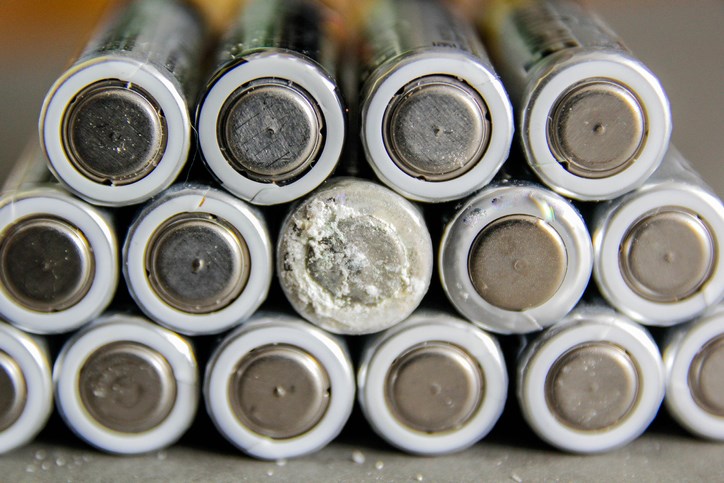REGINA - University of Regina geologist Dr. Leslie Robbins has received a $60,000 Natural Science and Engineering Research Council (NSERC) Alliance grant to find ways to sustainably explore for lithium in Western Canada.
During this project. Robbins will work with EMP Metals, an early-entry lithium exploration and development company that is contributing their expertise and $30,000 over two years to the project.
Lithium, a soft, silvery-white alkali metal, is required in batteries that can be used in electronics, electric vehicles and renewable energy storage. While production traditionally comes from ore deposits in countries like Australia and China, or shallow groundwaters from Â鶹ÊÓƵ America, there is also the possibility of recovering it from brines (salty waters) deep in the subsurface of Western Canada.
“Lithium is a great option to help provide clean and renewable energy technologies – and demand for it is anticipated to increase substantially in the coming years,” said Robbins, an assistant professor in the university's Faculty of Science. “There’s been a lot of momentum in Western Canada to extract lithium from subsurface brines.
"However, our understanding of this process is in its infancy, and there’s a lack of a predictive framework to find the locations of these lithium deposits in subsurface brines. Working with EMP Metals Corp, my project will help advance this work.”
“EMP is pleased to support the research being done by Dr. Robbins and his team. We believe that Western Canada, and in particular southeastern Saskatchewan, has huge reserves of lithium and we are dedicated, as a company, to responsibly developing these reserves through to production, building value for our shareholders and Canadians as a whole,” said EMP Metals Corp. CEO Rob Gamley.
Lithium occurs naturally as a component of the dissolved solids in these deep brines. This project will focus on tracing the source of lithium in these subsurface waters within the Western Canadian Sedimentary Basin – a 1.4 million square kilometre area in Western Canada that includes southwestern Manitoba, southern Saskatchewan, Alberta, northeastern British Columbia, and the southwest corner of the Northwest Territories.
Robbins says the project addresses a significant need within Canada – understanding the source of lithium, a critical step in establishing a domestic supply of the metal.
“While this particular project is currently focused on the southern Saskatchewan area, we hope that the team’s results will be able to guide exploration for lithium in subsurface brines throughout Western Canada and in other large sedimentary basins,” says Robbins.
Robbins said a sustainable source of lithium will be essential for Canada to meet its climate goals and help mitigate the ways that humans are contributing to climate change.




